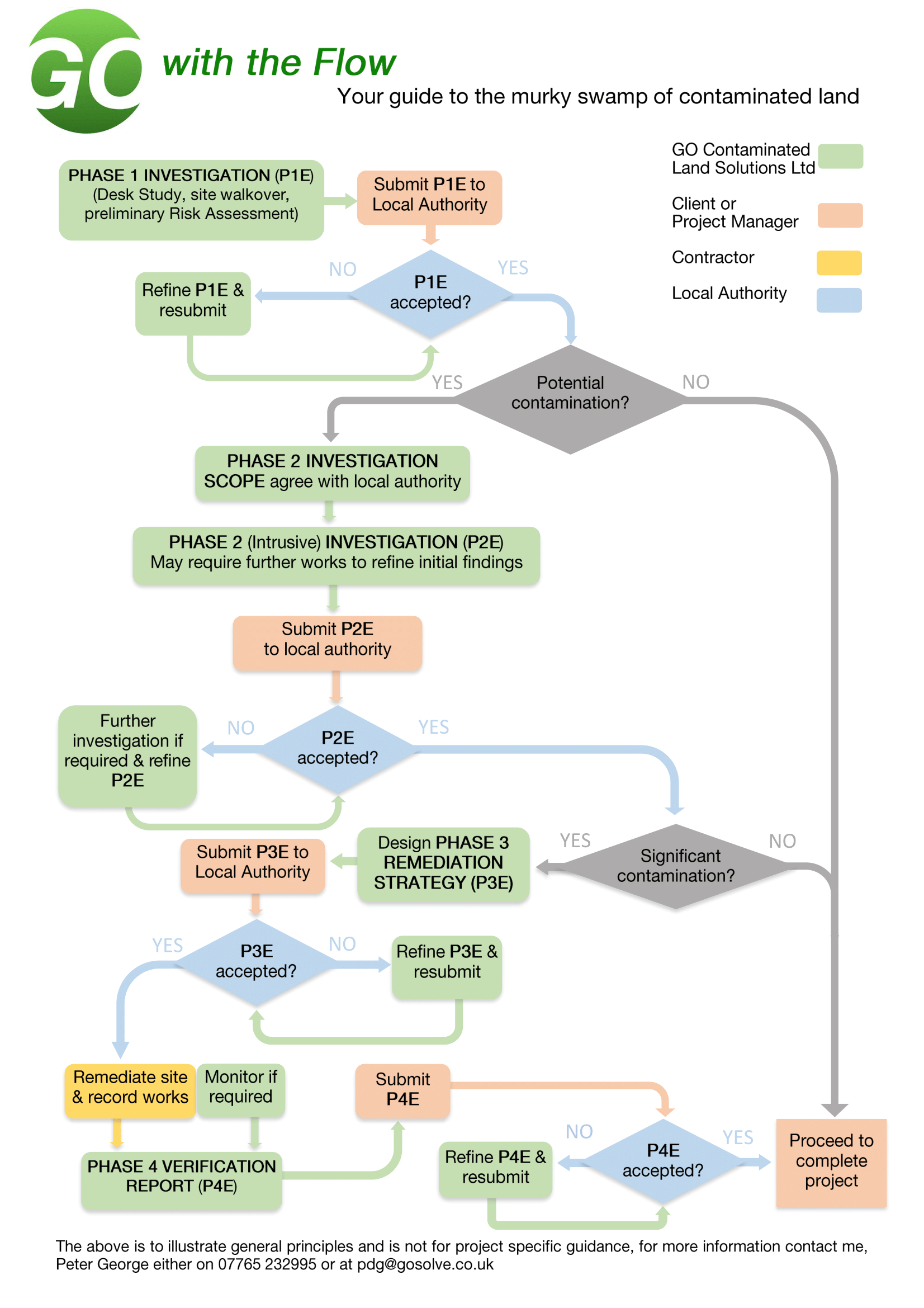What To Do If You Think Your Land May Be Contaminated?
Contaminated land legally means land that contains substances that could cause significant harm to people, property, or protected species. This also includes land that carries the risk of polluting surface waters of lakes or rivers.
If you suspect your land may be contaminated, you must seek help from a properly qualified environmental consultant. You should also report it to the Environment Agency promptly - a delay in doing so could incur a fine.
Identifying land contamination is the first and arguably most important stage of the assessment process. This is because once contamination has been identified, steps can be taken to mitigate its risks. The second stage of assessment involves characterising the contamination, which helps to determine the extent of the problem and the potential risks involved. The third stage is to assess the risks posed by the contamination, which will help to inform any remediation or mitigation strategies that are put in place.
Finally, the fourth stage is to monitor and review the effectiveness of those strategies over time. All four stages ensure that contaminated land is managed effectively and minimises risks.
When a business or individual acquires land, they are responsible for ensuring that it is free of contaminants. The process of assessing and cleaning up contamination can be complex and time-consuming.
This blog post will explore the different stages of contaminated land assessment in detail.

Phase 1: Investigation Stage (P1E)
The first stage of the investigation is to carry out a desk study. This involves gathering data from sources such as historical maps, aerial photographs, and environmental records. This information can help to identify potential areas of contamination.
Once potential areas of contamination have been identified, a site walkover will be conducted. This involves inspecting the site to look for signs of contamination, such as spills or waste dumping.
After the desk study and site walkover has been completed, a risk assessment will be carried out. This will help to identify any areas where further investigation is required.
All of the above steps are not necessarily done in order; you can carry out the process in parallel or as it suits you.
Once phase 1 is done, you can submit it to the local authority, and if accepted, you can proceed to phase 2. In case of non-acceptance, you will need to refine your phase 1 investigation and submit it again.
In case there is no contamination found, you can proceed with the completion of projects, and no further steps are required.
Phase 2: Detailed Investigation Stage (P2E)
The second stage of the investigation is to carry out a detailed investigation. This involves carrying out intrusive investigations to gather data on the contamination's nature, extent, and risk.
After the detailed investigation has been completed, a report will be prepared that outlines the findings. This report will be used to develop a remediation strategy.
Once the type and extent of contamination have been identified, a clean-up plan can be developed. This may involve the removal of contaminated soils or the treatment of contaminated water.
Phase 3: Remediation Stage (P3E)
The third stage of the process is to carry out site remediation. This involves removing or treating contaminated soils, water, or air. The type of remediation that is required will depend on the type and extent of the contamination.
Once the remediation has been completed, the site will be monitored to ensure that the contamination has been successfully removed. Monitoring may involve the regular testing of soil, water, or air samples.
Remediation of contaminated land can be a complex and time-consuming process. However, it is essential to protect the environment and human health. You should seek professional advice if you suspect that your land may be contaminated.
Phase 4: Verification Reports (P4E)
The final stage of the process is to prepare verification reports. These reports will confirm that the remediation has been successful and that the land is safe for its intended use. Verification reports are typically prepared by independent consultants.
Contaminated land assessment is a complex process that involves several steps. However, it is essential to protect the environment and human health. You should seek professional advice if you suspect that your land may be contaminated.
The Bottom Line
Land contamination is a serious problem that can have devastating consequences. Understanding the stages and importance of conducting a contaminated land assessment is therefore critical for anyone involved in property development or redevelopment. Thankfully, there are professionals and companies like GO Contaminated Land Solutions who specialise in this field and who can help you ensure that your project does not end up being a disaster.